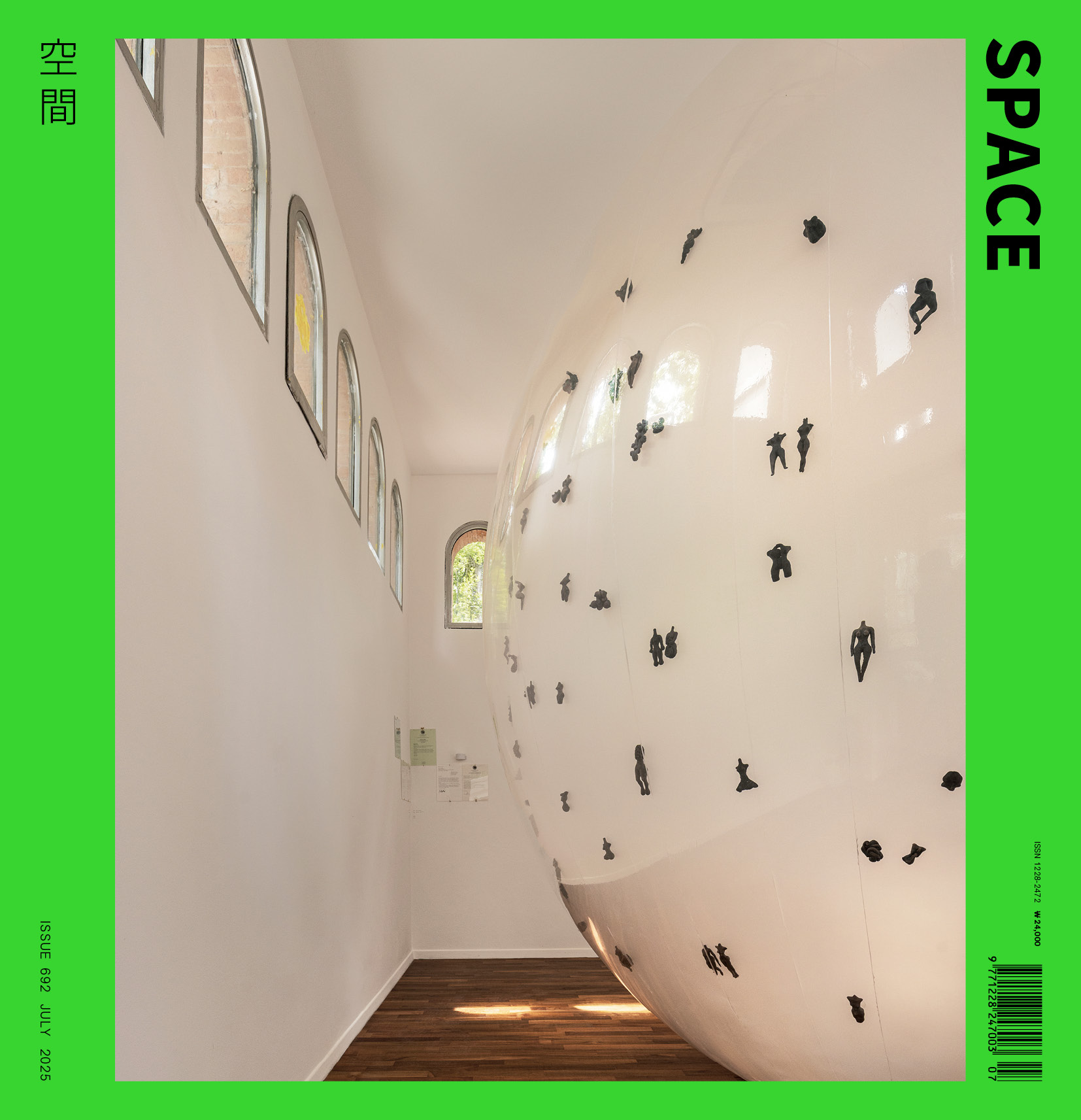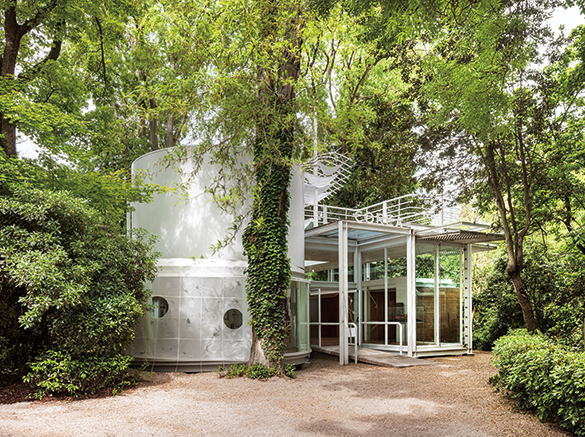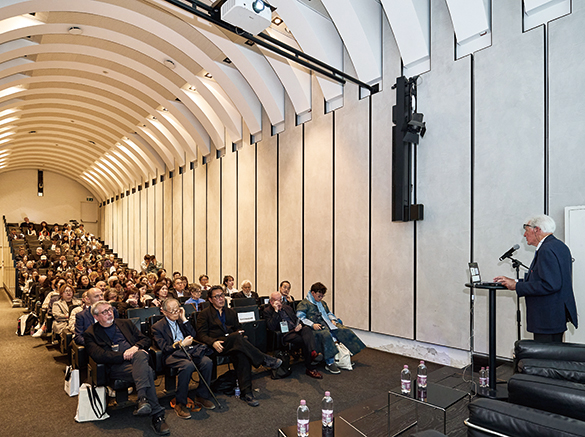SPACE July 2025 (No. 692)
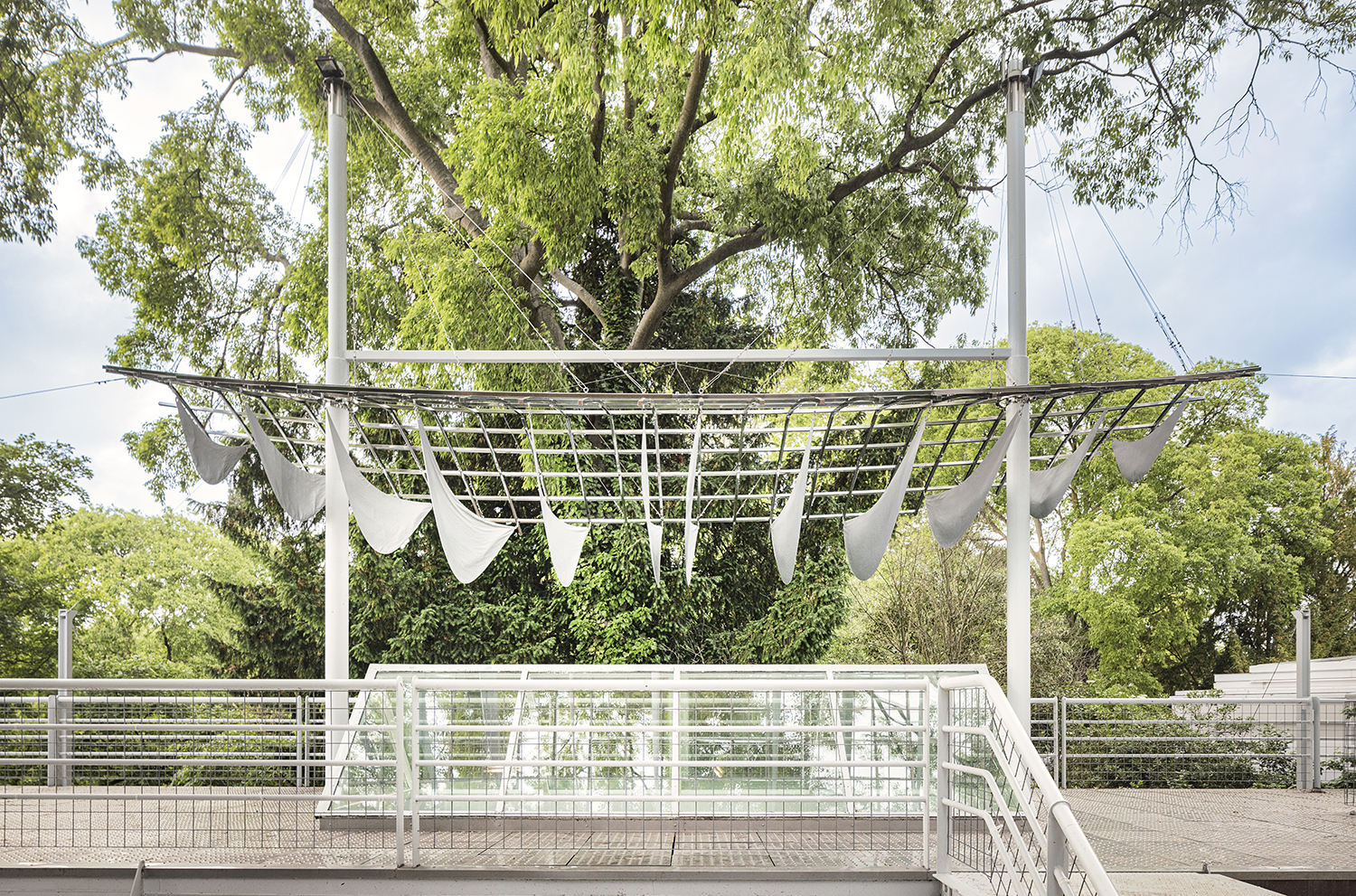
Photo by Choi Yongjoon / ©Korean Pavilion 2025
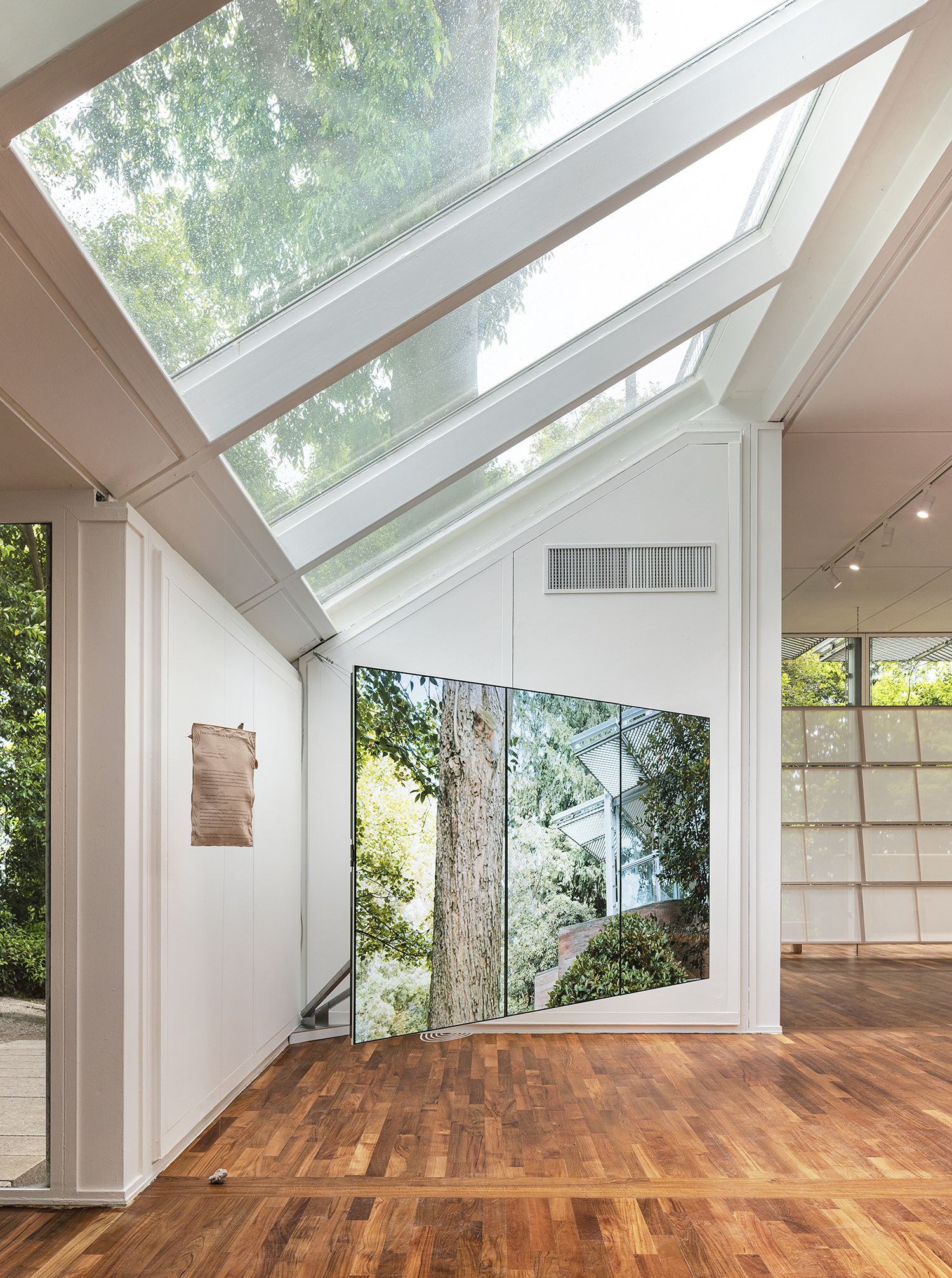
Photo by Choi Yongjoon / ©Korean Pavilion 2025
‘Intelligens. Natural. Artificial. Collective.’: 2025 Venice Biennale | Korean Pavilion
What were your thoughts on the curation of the Korean Pavilion by CAC?
Franco Mancuso co-architect, Korean Pavilion
I think the curator agreed that the Korean Pavilion itself, with its architecture and its environmental character, could be considered as a response to the themes of this year’s Biennale. The installation solutions that were adopted express this ambition very well, making clear how the architecture of the Pavilion itself takes into account some of the environmental themes that were previously expressed in general terms. It allows us to appreciate the enduring power of the original environmental constraints, that is, when the Pavilion was born, and how they were able to generate a good architectural project. At the same time, it demonstrates how good architecture can absorb constraints, even if seemingly insurmountable, into its creative process. Constraints have been transformed into appropriate and effective solutions: a very limited plot of land, a very limited area, the presence of trees that could not be touched (not only trees with their branches and leaves, but also the roots in the ground that could not be touched at all) by the building, the architectural pre-existence of a building from the 1930s that had not been limited until then, and which has been preserved; the views towards the outside that could be considered as components of the space of the Pavilion itself, as interesting visual itineraries through the Pavilion itself. The only one, of all the pavilions of the Biennale, in which environmental constraints became the incentive and stimulus for the design.
Kimm Jong Soung honorary chairman, SAC International, Ltd.
It was a compelling exhibition that conveyed in visual terms the overarching theme of celebrating the 30th anniversary of the Korean Pavilion, while also serving as a metaphor for the future rebirth of the Pavilion through performance and theatre.
Ceren Erdem, Bilge Kalfa co-curators, Turkish Pavilion
Over time, national pavilions have tended to take on the role of cultural institutions in their own right, carrying with them layered histories – not only of the exhibitions they have hosted but also of their physical presence within the Giardini. The Korean Pavilion embraces this reality with subtlety and critical depth. Rather than treating the Pavilion as a neutral container, the curation by CAC thoughtfully interrogates its institutional legacy, spatial identity, and evolving political context. The approach is both introspective and outward-looking, engaging with questions of national representation, institutional memory, and architectural authorship. What makes the Korean Pavilion particularly compelling is its ability to reflect on these issues without being didactic.
Which piece did you find most interesting in the Korean Pavilion?
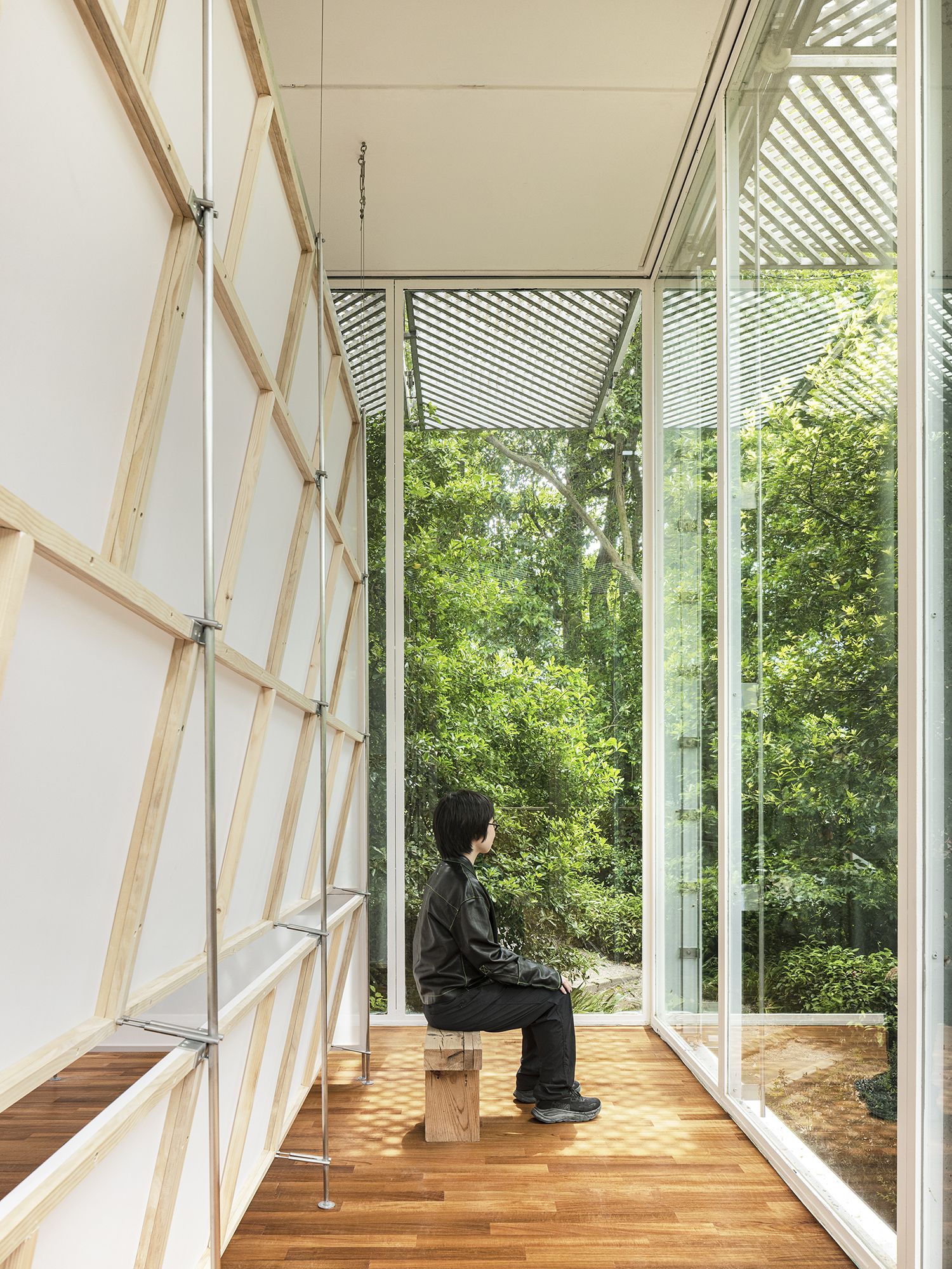
Photo by Choi Yongjoon / ©Korean Pavilion 2025
Lee Agos Donguk director, IVAAIU City
Park Heechan, Time for Trees
The work of Park Heechan is a refined installation that sensitively demonstrates how emotions, memories, and technologies can intersect. The spatial composition – including sound, video, and time – held the power to quietly resonate within visitors’ minds. It created an experience where the sensory organs of the eyes, ears, and hands engage with the exhibition, moving fluidly between past and future moments at a calm, unhurried pace.
In particular, it offered a meaningful moment to realise that architecture can function as a sensory language, rather than merely a physical structure, existing at the intersection of data and sensibility. What remained most vividly was the organic continuity—a feeling as if one had spent a long time within the Korean Pavilion.
Owen Hopkins co-curator, British Pavilion
Park Heechan, Time for Trees
There was a great deal going on and I liked the way works began to blend into one another (again responding to the spatial characteristics of the Pavilion itself). I was especially drawn to Park Heechan’s Time for Trees for its simple elegance and the way it invited the visitor to play an active role, rather than as the more typical passive viewer as one often becomes at biennale. By drawing attention to the Giardini – a part natural, part highly controlled and determined space – it pointed to the urgent need for architecture to be situated more fully in the rhythms and temporalities of the (natural) world.
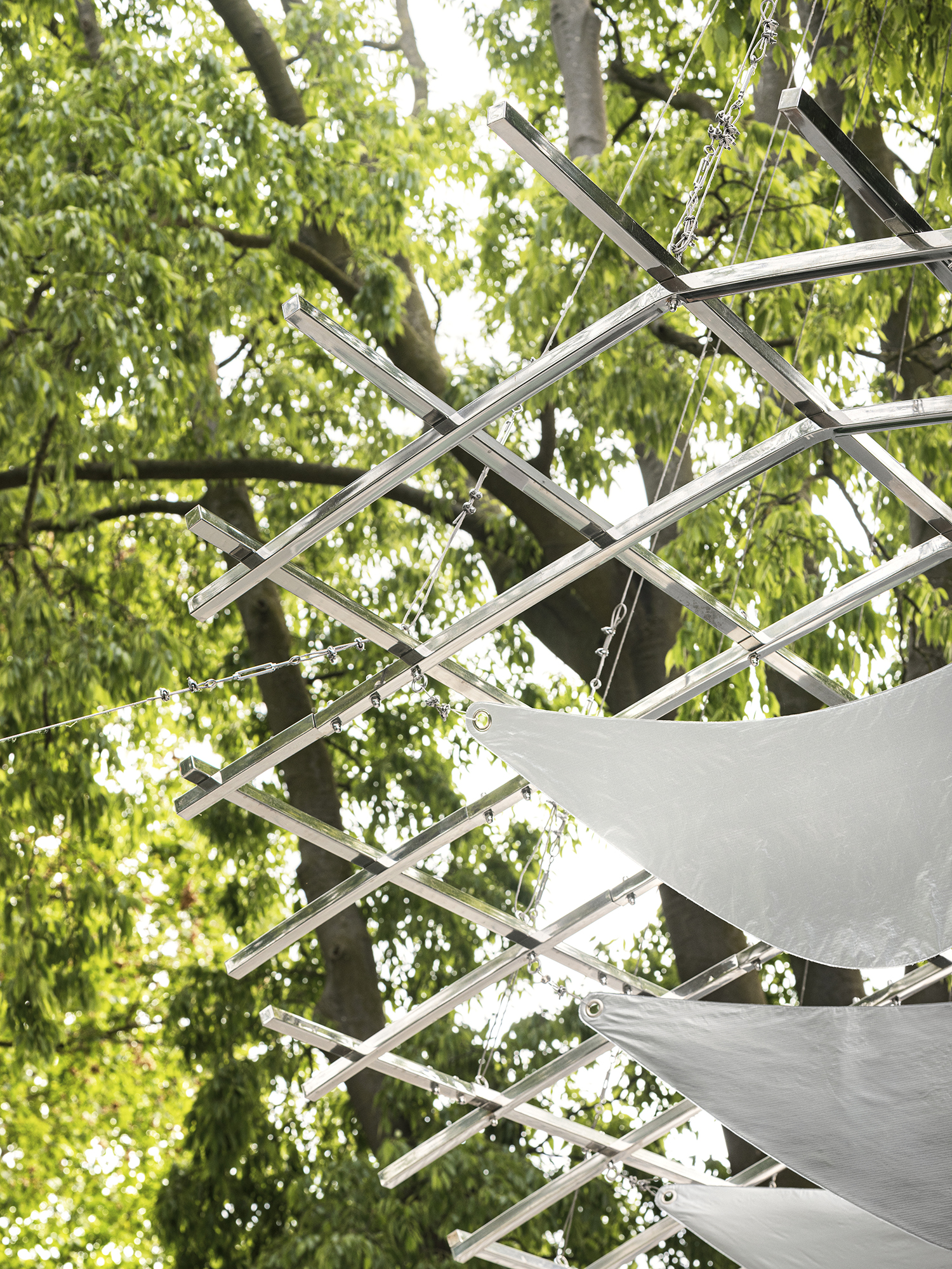
Photo by Choi Yongjoon / ©Korean Pavilion 2025
Tosin Oshinowo principal, Osinowo Studio
Young Yena, 30 Million Years Under the Pavilion
Young Yena’s 30 Million Years Under the Pavilion stood out as the most captivating work in the Korean Pavilion. The title alone evokes a deeptime perspective that sharply contrasts our usual urgency in discussing climate and architecture. The work explores the silent sedimentary layer of histories beneath the built environment, stories that unfold over millennia rather than decades. By foregrounding slowness, transformation, and accumulation, it subtly critiques the fast-paced cycles of modernity. It also ties beautifully into the Pavilion’s broader themes of fermentation and temporal knowledge, offering a sensorial experience of what it means to design in tune with nature’s longer rhythms.
Franco Mancuso co-architect, Korean Pavilion
Young Yena, 30 Million Years Under the Pavilion
Kim Hyunjong, New Voyage
In general, I believe that the most interesting feature of the Korean Pavilion in this instance is the adoption of transparency as a fundamental characteristic of the installations. When one looks from the outside or enters the Korean Pavilion, they are able to perceive them as a sequence of transparent diaphragms, as the transparency allows one to see beyond the exhibition space.
Another interesting fact is that the Korean Pavilion this year exhibits the history of the Pavilion itself. The photos enrich the visit itinerary by illustrating the environmental situation before the Pavilion itself, clearly demonstrating how the environment has always been taken into account.
For example, the installation of the ‘sails’ mounted on the roof, which is now accessible, moves with the wind and makes one aware of the wind, one of the peculiar environmental characteristics of that site.
Also the idea of showing visitors that the Pavilion is raised from the ground allow us to perceive that the natural ground below is and can be inhabited. Well, that the ground is no longer excluded also seems to me to be one of the most peculiar facts of the Korean Pavilion this year.
